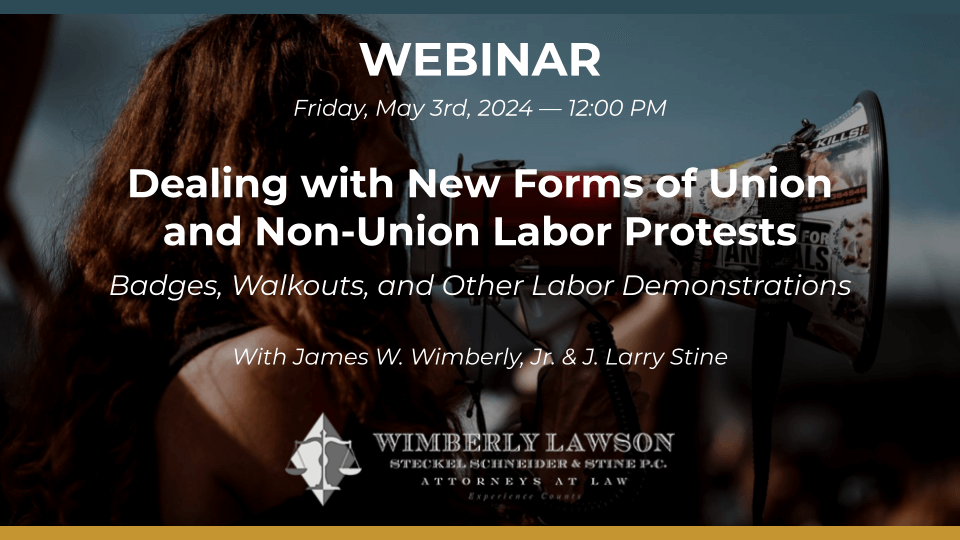Judge Orders Survey Data to Be Revealed from Employer EEO-1 Reports
Employers are supposed to file annually the EEO-1, Standard Form 100, with the U.S. Department of Labor (DOL). This requirement applies to private employers of 100 or more employees and to federal contractors who have at least 50 employees and hold a federal contract worth at least $50,000. In the Obama Administration, the Equal Employment Opportunity Commission (EEOC) implemented an EEO-1 Component 2 data collection, and required around 70,000 private employers as well as certain federal contractors with 100 or more employees to annually report pay data by race and gender. The EEOC had already been collecting basic demographic data for years, but not pay data. While the practice was discontinued in 2019, many predict the EEOC, which now has a Democrat majority, to restore the pay data collection process in the coming months.
A news organization submitted a Freedom of Information Act (FOIA) request to the DOL for the EEO-1 reports of all federal contractors from 2016 through 2020. The Office of Federal Contract Compliance Programs (OFCCP) gave the contractors an opportunity to object to the release of their reports, but four-fifths of the contractors failed to file written objections. The OFCCP subsequently released the reports of the non-objecting contractors. Subsequently, the news organization contended all such reports had to be released. In December, a district court judge in California ruled that DOL must provide the requested reports and that such reports were not protected by exemptions to the FOIA. The DOL has indicated it plans to appeal the ruling that such reports were not protected from disclosure as either commercial data or trade secrets. The ruling has broader implications to the disclosure of business information held by all government agencies.
On March 12, 2024, in honor of Equal Pay Day, the EEOC released the raw results of the pay data surveys for 2017 and 2018, reported by Pay-Band and broken down by race, sex, ethnicity and job group. The recently released data shows significant gaps in national median pay between men and women. The agency also highlighted which States and industries had the biggest difference in median pay.
Editor's Note: Ultimately, it is likely that the EEOC plans to use such pay data reports to target employers for investigation. Further, in making the information available in some cases to third parties, plaintiffs will be encouraged to use the data to bring discrimination lawsuits. Even if the information is not disclosed by the government, such reports will be requested by plaintiffs in litigation.
This article is part of our April 2024 Newsletter.
View newsletter online
Download the newsletter as a PDF
Related Content
Get Email Updates

Featured Federalist Article: Text Education in Muldrow v. St. Louis: The Supreme Court Just Made Title VII Cases Easier for Plaintiffs to Win

Judge Invalidates Joint Employer Rule, and Independent Contractor Rule Takes Effect

The Importance of Fairness in Employment to the Law and to Job Satisfaction

Major Employers Challenge Constitutionality of Labor Act

Starbucks' Big Change in Labor Policies

